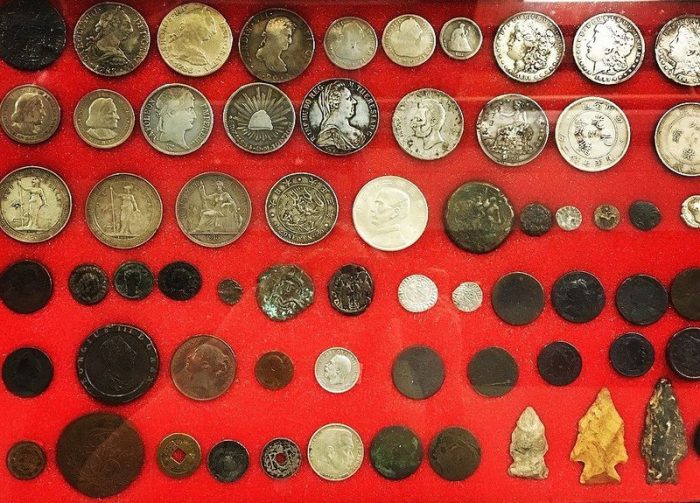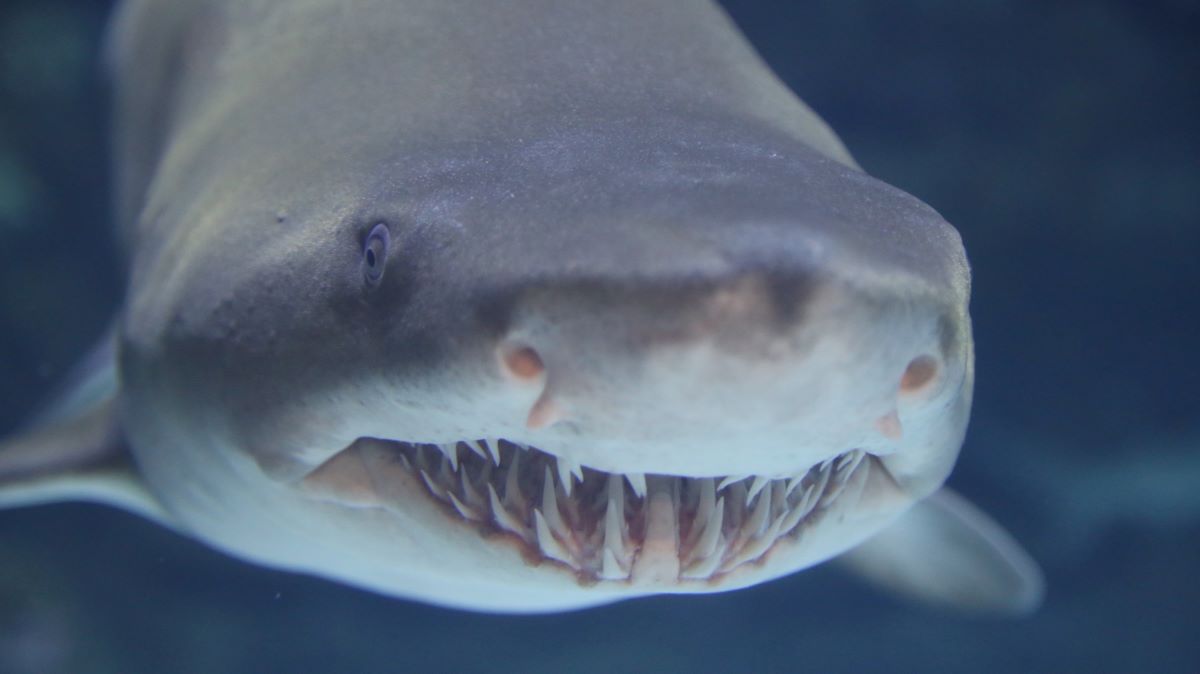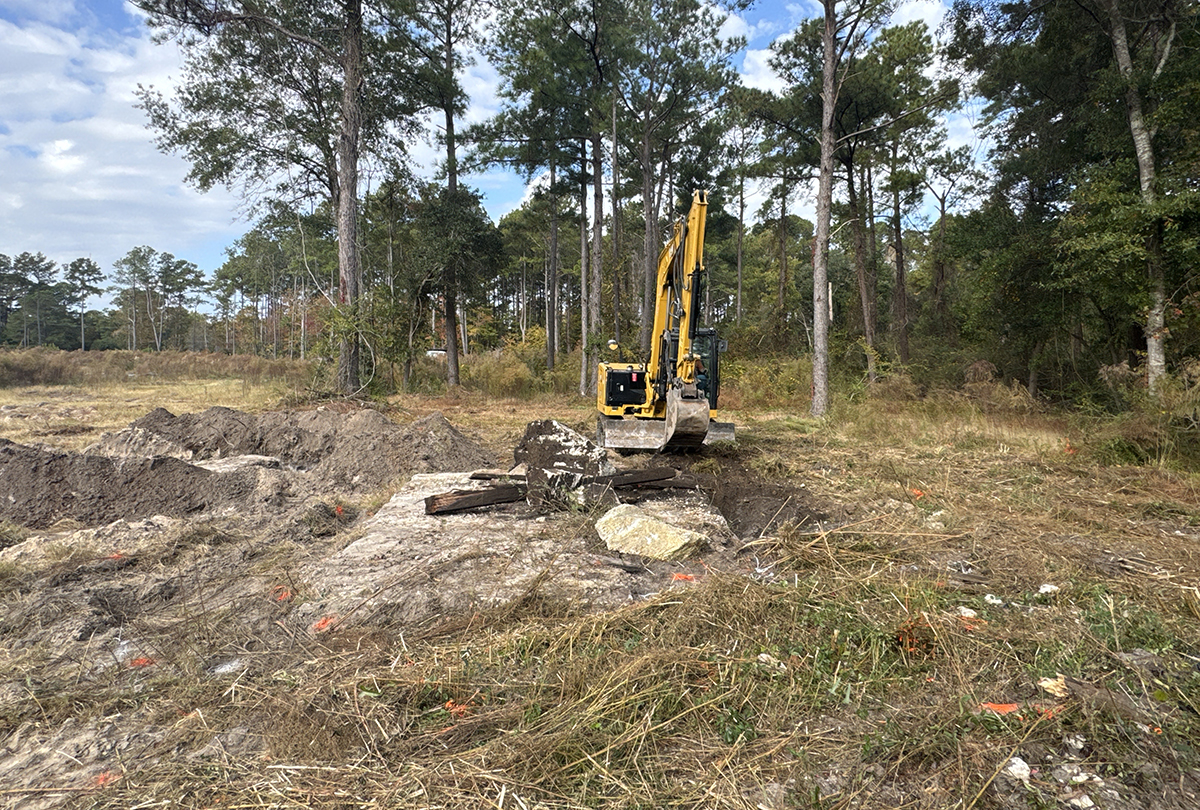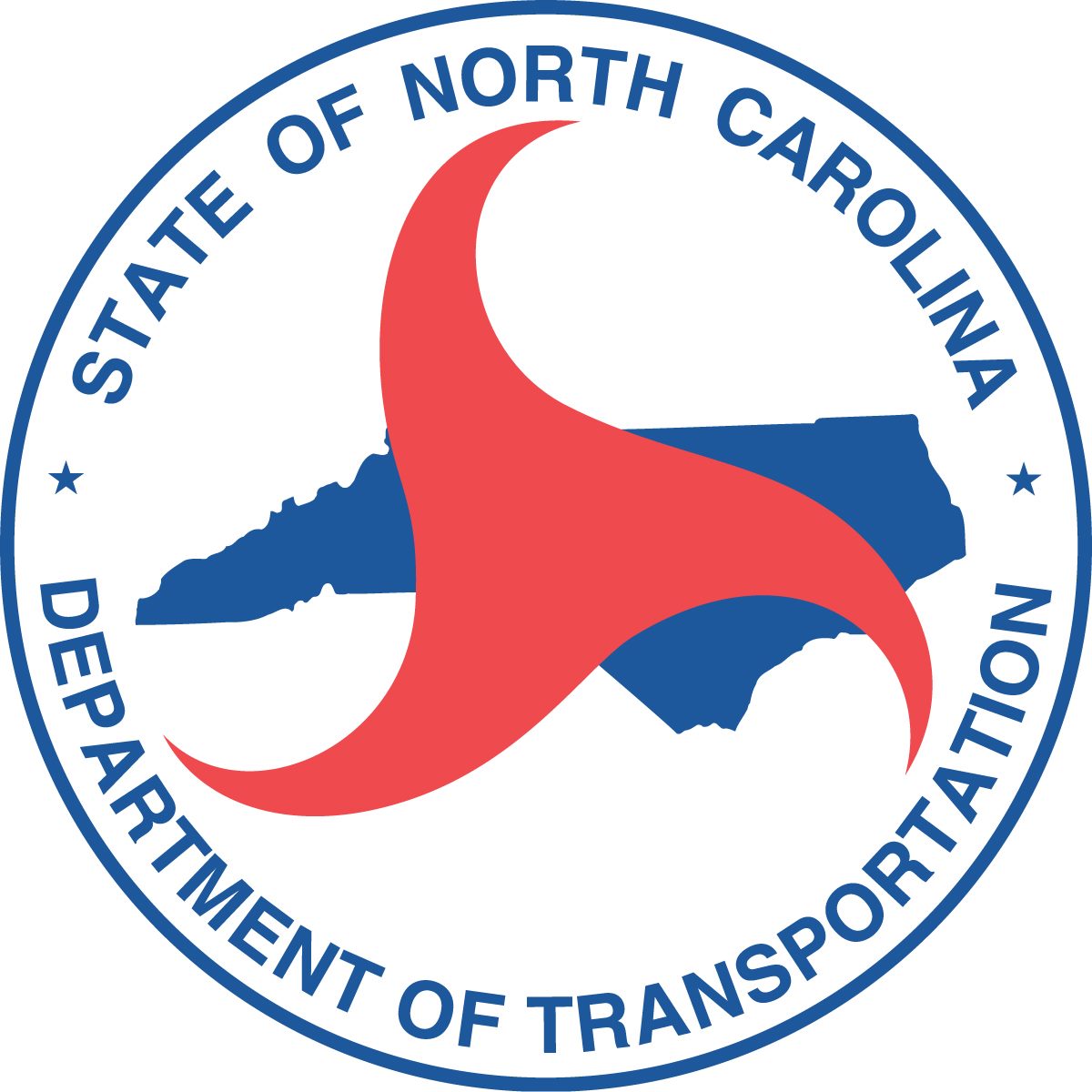
Reprinted from Island Free Press
A rare coin collection currently housed behind-the-scenes at the Graveyard of the Atlantic Museum made waves this week in newspapers around the country, but funds are needed to transition the coins into a permanent, public exhibit, per Joseph Schwarzer, director of the North Carolina Maritime Museums system.
Supporter Spotlight
“Eventually, if we get funding, we plan to have (them) in our permanent exhibit plan,” said Schwarzer.
According to a Jan. 4 report in The Virginian-Pilot, the 55 coins were donated by the late William Sell and his wife Catherine of Pennsylvania. Spanning from 221 B.C. to the mid-20th century, the coins were acquired through decades of beachcombing along Hatteras Island.
“He turned (the collection) into us in 2006,” said Schwarzer. “He contacted us and said that he had been shore fishing on the Outer Banks since the 1930s, and while he was at the beach and walking behind the dunes, he found some things that he thought really belonged on Hatteras Island.”
Stand-out pieces in the collection include a rare American 20-cent coin, briefly produced in the 1870s, and a bronze drachm from the time of Ptolemy IV Philopator, with an estimated date of 221 to 203 B.C.
The value of the coins is hard to determine.
Supporter Spotlight
After decades or even centuries in saltwater, coins have a tendency to turn black, and while Sell did his best to clean the coins as he found them to determine what they were, it’s still evident that the pieces have gone through a lot of wear or tear during their time in the Graveyard of the Atlantic.
“People always ask about the value of the coins, and I’ll say in terms of their value, they are essentially valueless,” said Schwarzer. “It’s hard for people to understand, but it’s because of the condition. For a collector, condition is everything, and the value (of these coins) to a collector is limited. So it’s not a question of the value of the coins themselves, it’s the historical value – what they can tell us about what was going on at the time, the questions they raise … That’s the fun part of this collection.”
When the permanent exhibit is eventually launched, museum visitors will have access to all of these details on each individual coin.
“Coins are very hard to display because they are small, and you want to be able to show them off,” said Schwarzer. “So they will be displayed individually, with a large magnifying glass that will move over the coin so you’ll be able to see all the details.”
Each coin will also be assigned a number, and next to the display will be a monitor that will showcase a larger version of both sides of the coin. There will also be details about the coin, the time period and era, and other historical details that will tie the pieces to the Outer Banks.
In addition to the coin exhibit, the museum wants to create an exhibit around the wreck of the Carroll A. Deering. The five-masted commercial schooner ran aground off of Cape Hatteras in 1921 and the crew was nowhere to be found.
Schwarzer estimated that about $4.5 million will be needed to make all of the potential exhibits come to fruition.
There’s no timeline on when funds will be available to debut the coins to the public, but Schwarzer is hopeful that through continuing fundraising efforts that have been ongoing since the museum opened, a host of new and permanent exhibits will be on the horizon for future visitors.
For more information about the Graveyard of the Atlantic Museum, and to make a donation, visit the graveyardoftheatlantic.com.
This story is provided courtesy of the Island Free Press, a digital newspaper covering Hatteras and Ocracoke islands. Coastal Review Online is partnering with the Free Press to provide readers with more environmental and lifestyle stories of interest along our coast.







